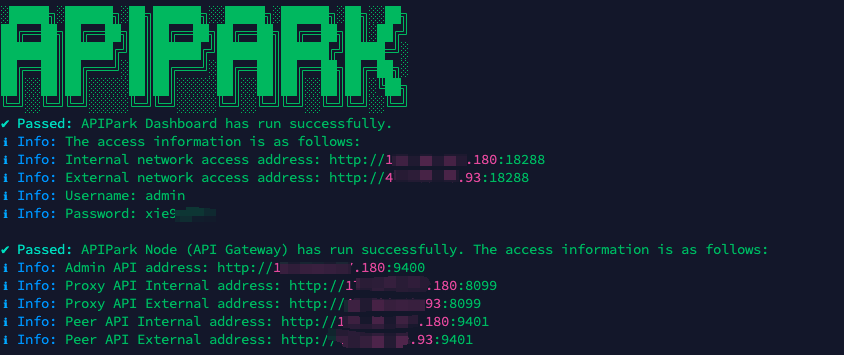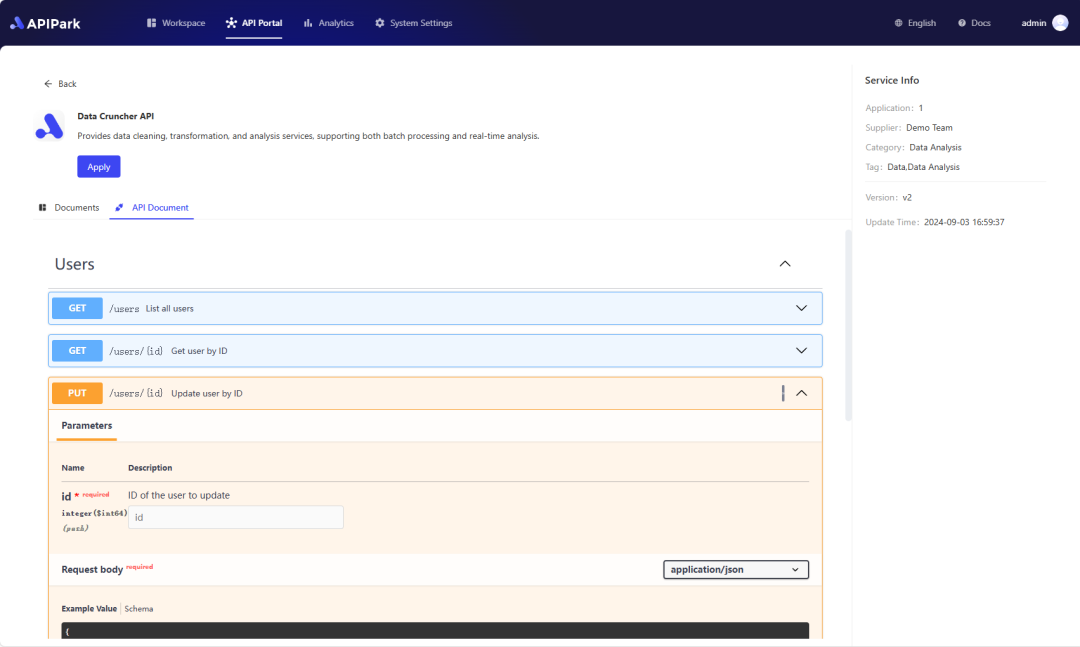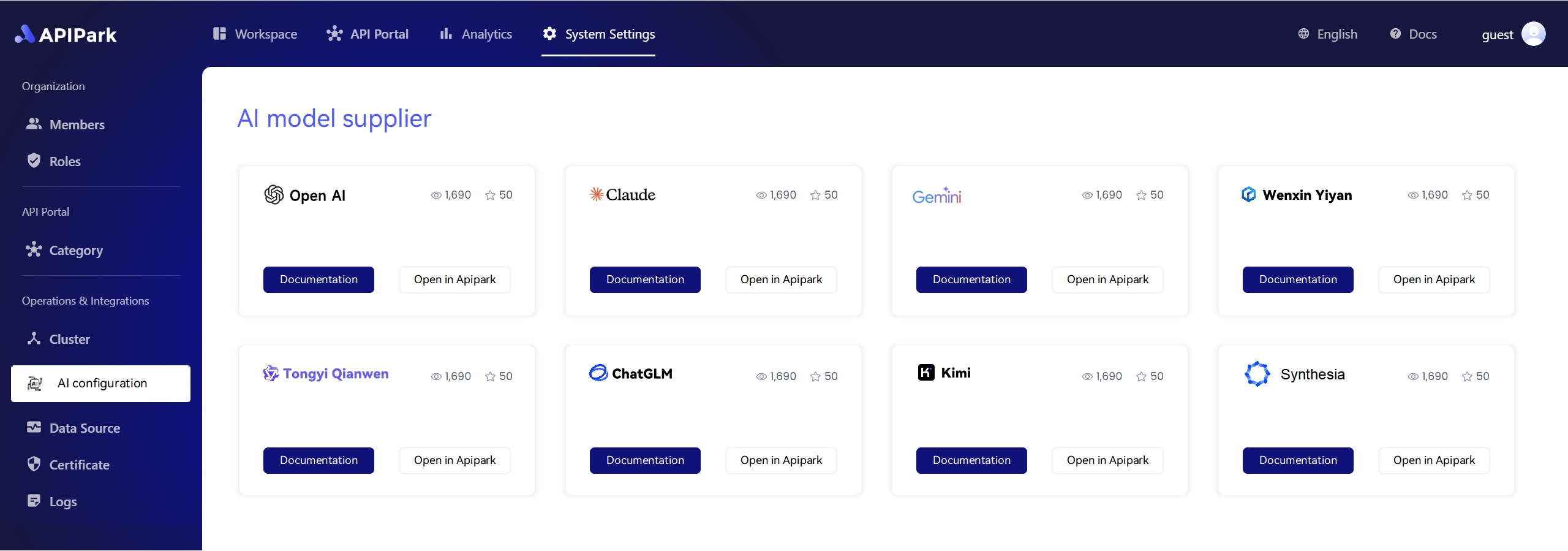Setting up Redis, a popular in-memory data structure store, on Ubuntu can significantly enhance the data caching capabilities of your applications. In this guide, we will walk you through each step to ensure a successful Redis installation and configuration. Additionally, we will touch on how integrating Redis with tools like APIPark can improve API governance and enhance data security using advanced identity authentication.
Why Use Redis?
Before diving into the installation process, let’s briefly discuss why Redis is a preferred choice for developers.
- Performance: Redis stores data in memory, enabling extremely fast reads and writes, making it ideal for caching.
- Data Structures: It supports various data structures such as strings, hashes, lists, sets, and more, allowing for flexible data modeling.
- Persistence: Redis provides mechanisms for data persistence to store snapshots on disk without sacrificing performance.
- Scalability: It allows horizontal scaling through partitioning and is capable of handling hundreds of thousands of simultaneous connections.
Prerequisites
Before you start the installation process, ensure you have the following prerequisites:
- A machine running Ubuntu (This guide assumes Ubuntu 20.04 LTS)
- Sudo access to install software
- Basic knowledge of terminal commands
Step 1: Update Your System
Always start by updating your system’s package index. Open your terminal and run:
sudo apt update
sudo apt upgrade -y
Step 2: Install Redis
Now that your system is updated, you can proceed to install Redis. Use the following command:
sudo apt install redis-server -y
This command fetches and installs the necessary Redis packages from the Ubuntu repository.
Step 3: Configure Redis
Once Redis is installed, you need to configure it. The main configuration file is located at /etc/redis/redis.conf. You can edit this file using a text editor:
sudo nano /etc/redis/redis.conf
In this configuration file, make the following changes:
-
Set the
superviseddirective:
Change the line from:
plaintext
supervised no
to:
plaintext
supervised systemd -
Configure persistence:
Ensure that the data is saved to disk and modify thesavedirectives according to your requirements.
For example:
plaintext
save 900 1
save 300 10
save 60 10000
- Adjust memory usage settings (optional):
You may want to limit Redis memory usage and configure a policy for handling excessive memory. For instance, to limit Redis to 256 MB:
plaintext
maxmemory 256mb
maxmemory-policy allkeys-lru
After making the necessary changes, save the configuration file and exit the text editor.
Step 4: Restart Redis
To apply the changes, restart the Redis server:
sudo systemctl restart redis.service
Step 5: Enable Redis to Start at Boot
To ensure that Redis starts automatically when your system reboots, enable the Redis service:
sudo systemctl enable redis.service
Step 6: Verify Redis Installation
You can verify that Redis is running with the following command:
sudo systemctl status redis.service
You should see an output indicating that Redis is active (running).
Step 7: Test Redis CLI
Launch the Redis command-line interface (CLI) to test the connection:
redis-cli
Once in the CLI, you can run basic commands like PING:
127.0.0.1:6379> PING
PONG
If you see the response PONG, then your Redis server is running correctly.
Step 8: Secure Redis (Optional)
By default, Redis is not secured and can be accessed from any address on your server. To enhance security, you can add a password by editing the redis.conf file:
requirepass yourstrongpassword
Step 9: Using Redis with APIPark
Redis can enhance the capabilities of your applications when integrated with platforms like APIPark. APIPark is an API management platform that streamlines API governance and utilizes advanced identity authentication methods for secure API calls.
Using Redis for API Caching
With Redis, you can cache API responses to improve performance. When a request is made to an API for the first time, store the response in Redis with an appropriate key:
import redis
r = redis.Redis(host='localhost', port=6379, db=0)
# Assuming we get an API response
api_response = get_api_response()
# Store in Redis with a key
r.set('api_response_key', api_response, ex=60*15) # Cache for 15 minutes
With APIPark, you can manage these API responses effectively and ensure they adhere to governance standards while leveraging authentication layers.
Key Features of APIPark Relevant to Redis:
| Feature | Description |
|---|---|
| API Governance | Central management of all APIs, enabling easy collaboration across teams while ensuring compliance. |
| Advanced Identity Authentication | Secure access protocols to protect sensitive data stored and retrieved through Redis. |
| API Monitoring and Analytics | Real-time stats and reports on API performance using cached Redis data for fast analytical insights. |
Conclusion
Now you have successfully set up Redis on Ubuntu and are aware of its capabilities in enhancing your applications, especially when integrated with APIPark. By caching API responses in Redis, you can ensure that your applications run smoothly and efficiently while adhering to high standards of security and governance.
To find more information about setting up and configuring Redis for different scenarios, please refer to the official Redis documentation.
By following the steps in this guide, you can harness the power of Redis to optimize your applications and enhance your API management capabilities.
APIPark is a high-performance AI gateway that allows you to securely access the most comprehensive LLM APIs globally on the APIPark platform, including OpenAI, Anthropic, Mistral, Llama2, Google Gemini, and more.Try APIPark now! 👇👇👇
Additional Resources
Now, with this knowledge, you are ready to implement Redis in your projects successfully!
🚀You can securely and efficiently call the 月之暗面 API on APIPark in just two steps:
Step 1: Deploy the APIPark AI gateway in 5 minutes.
APIPark is developed based on Golang, offering strong product performance and low development and maintenance costs. You can deploy APIPark with a single command line.
curl -sSO https://download.apipark.com/install/quick-start.sh; bash quick-start.sh

In my experience, you can see the successful deployment interface within 5 to 10 minutes. Then, you can log in to APIPark using your account.

Step 2: Call the 月之暗面 API.
